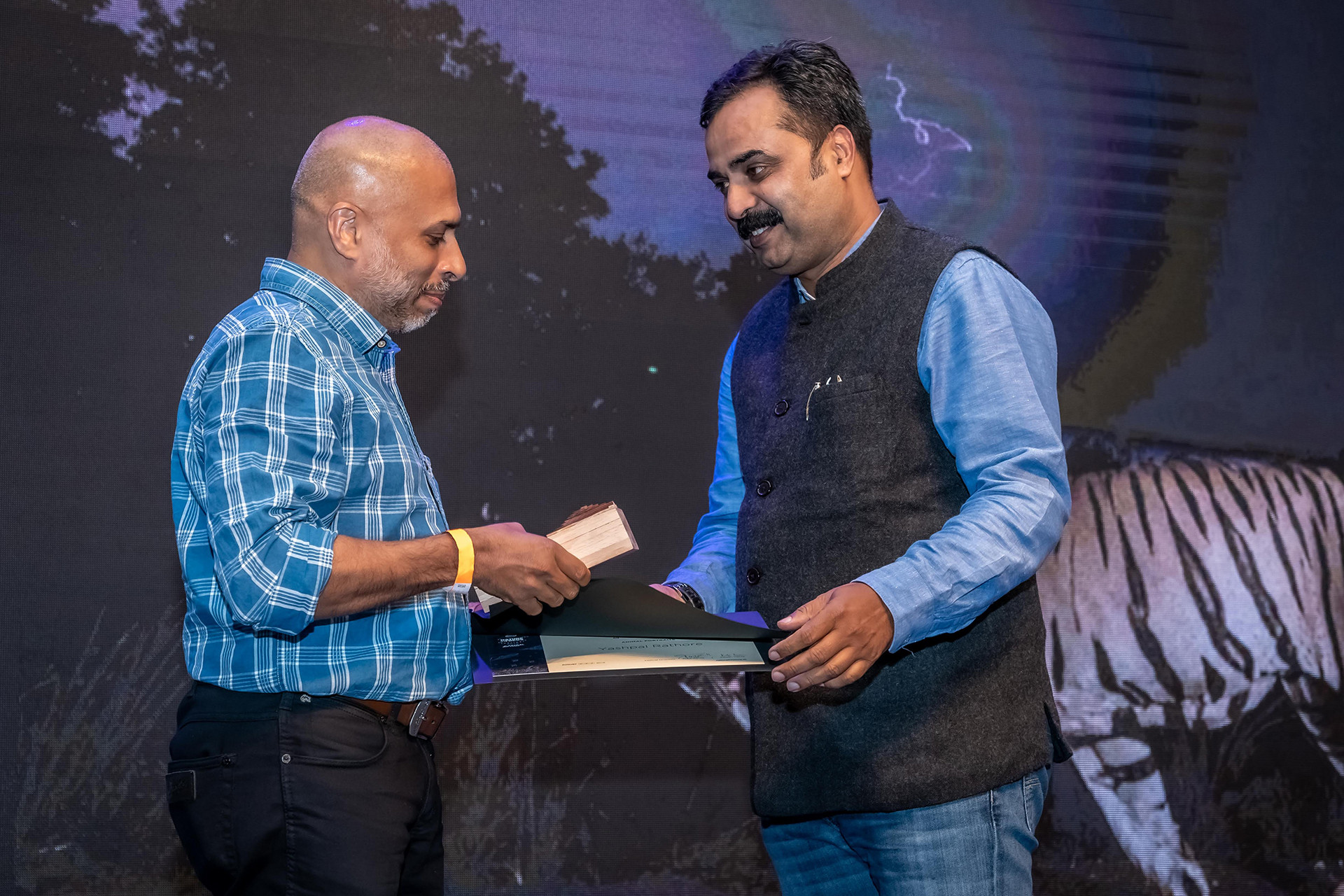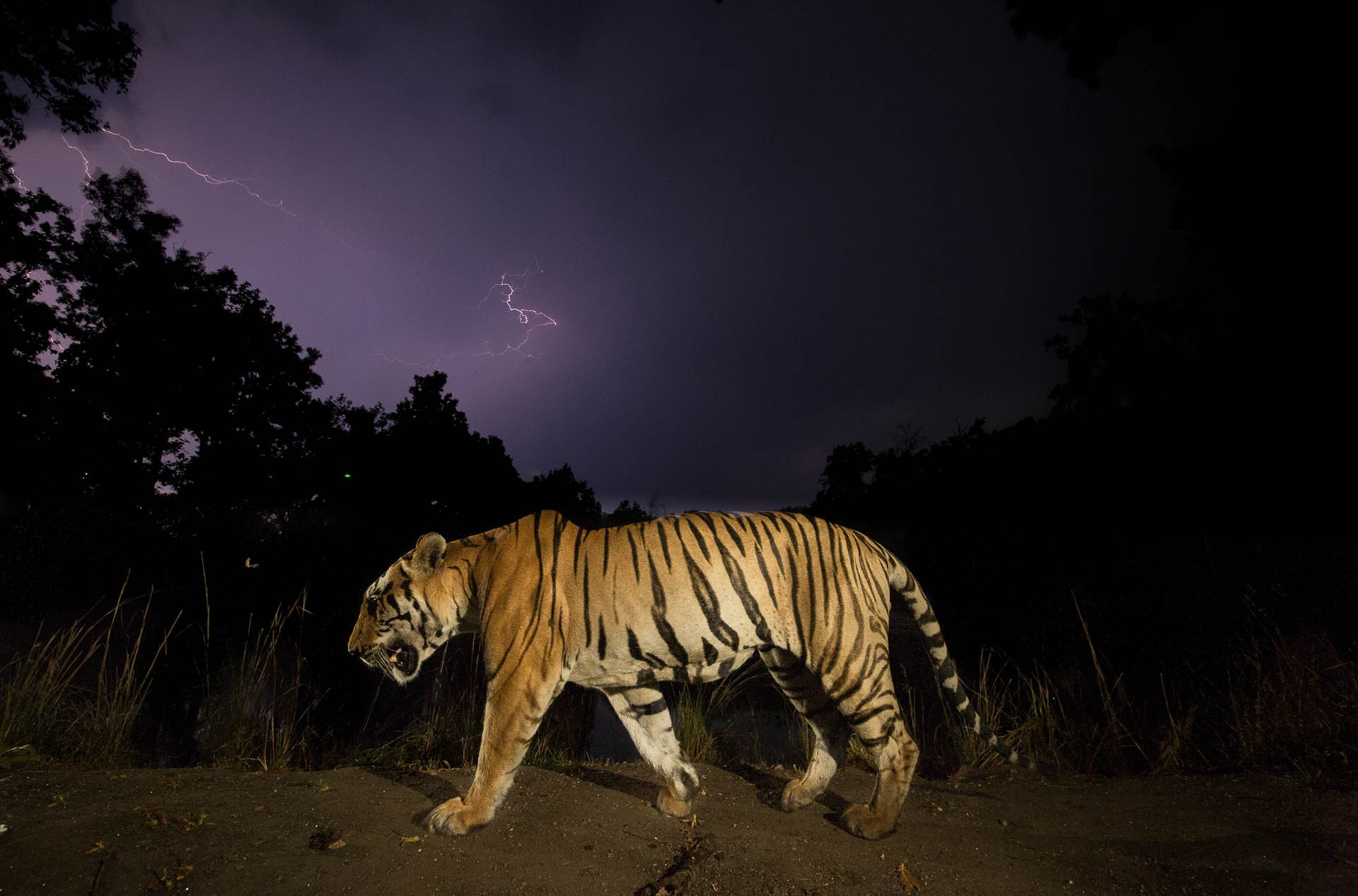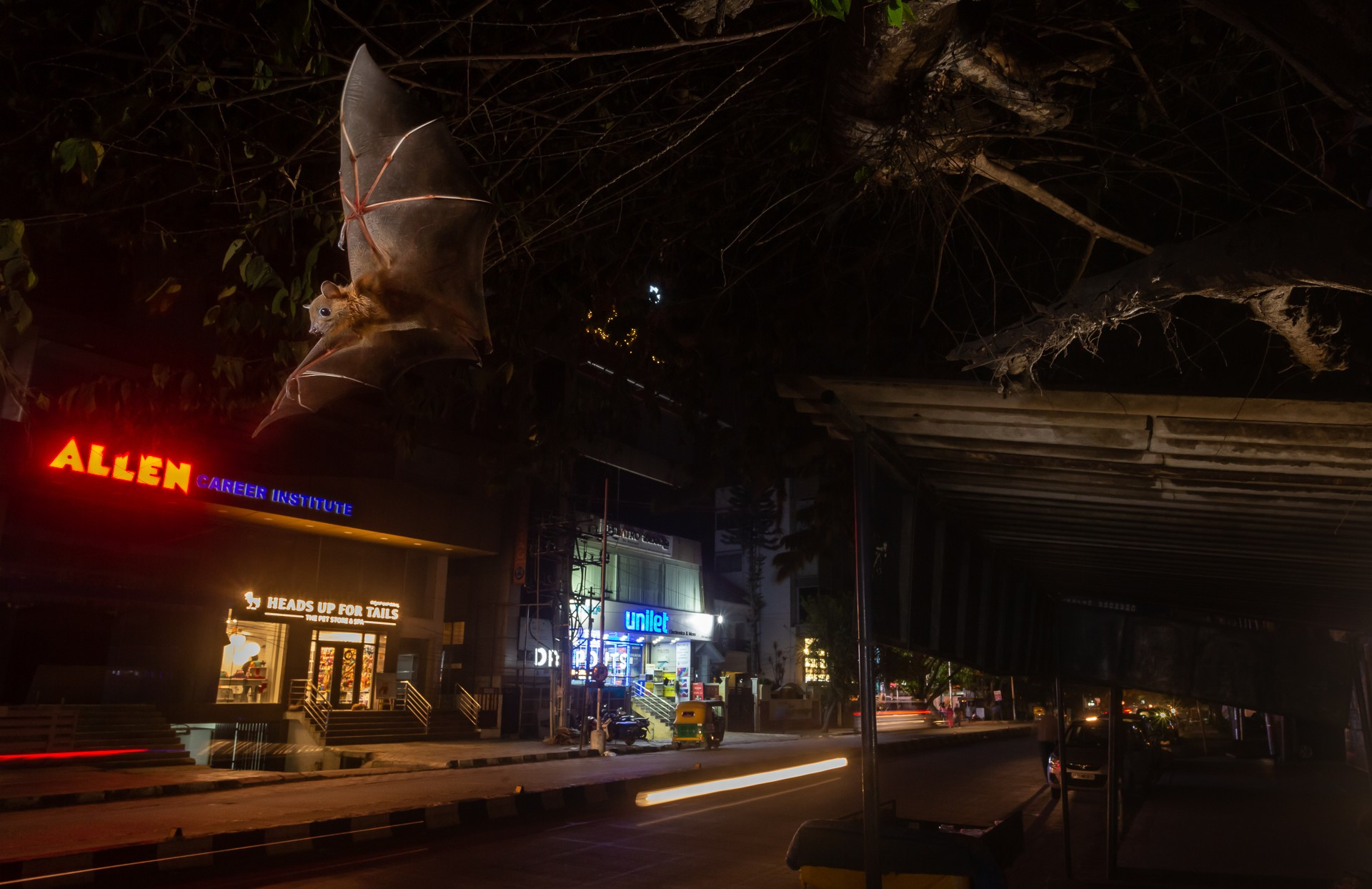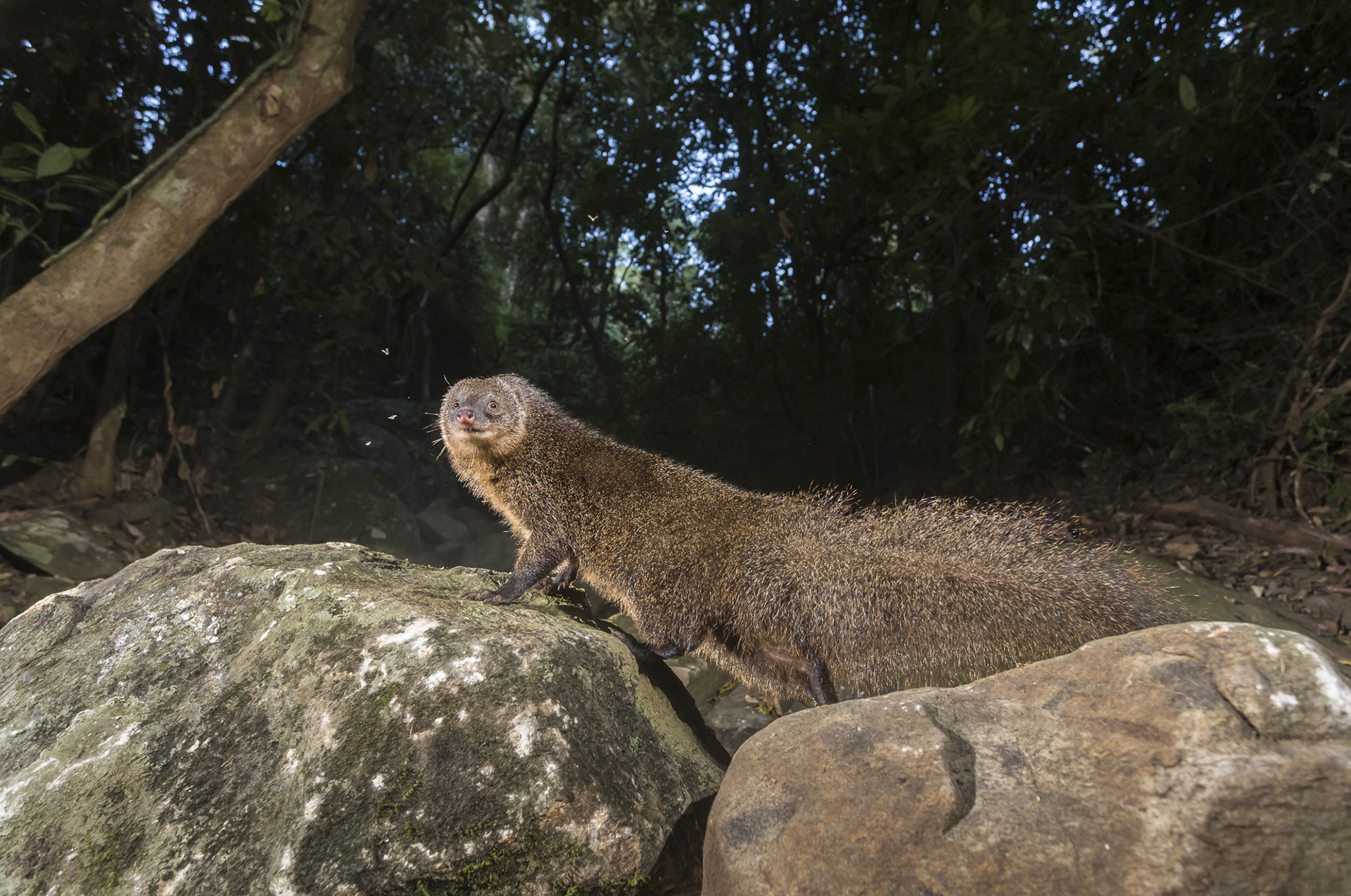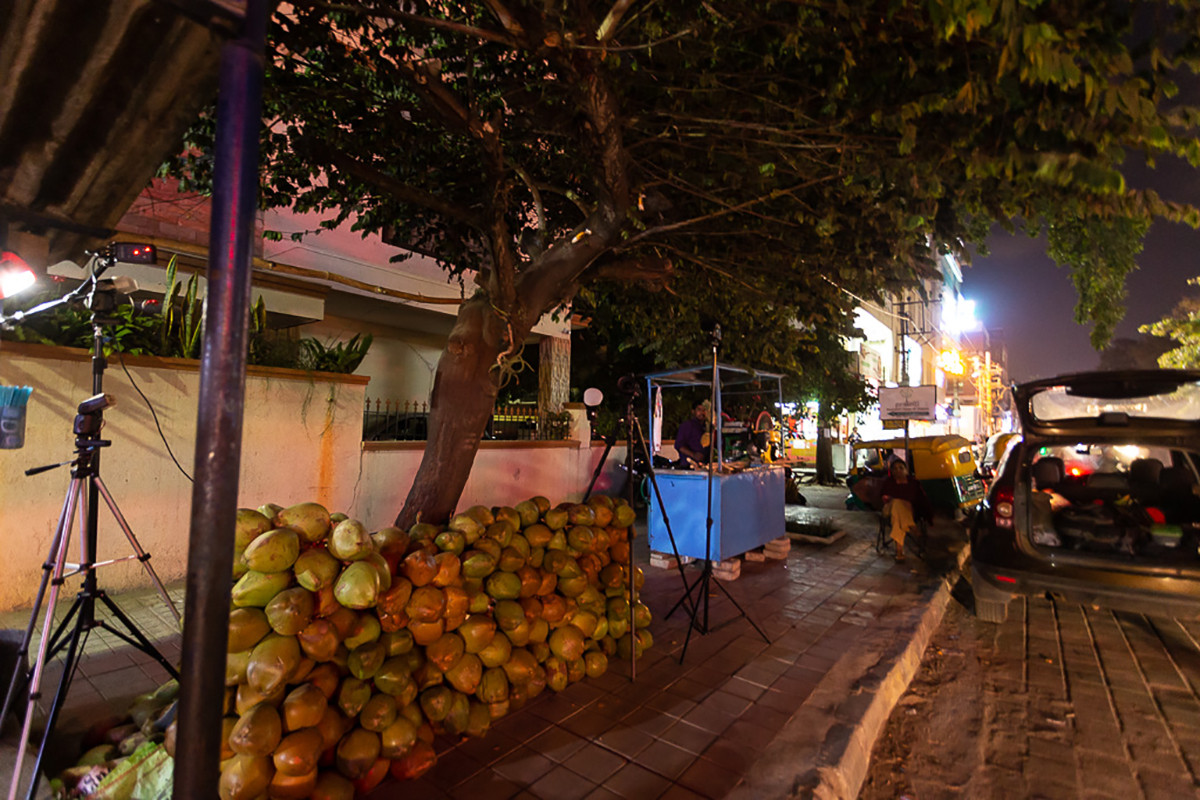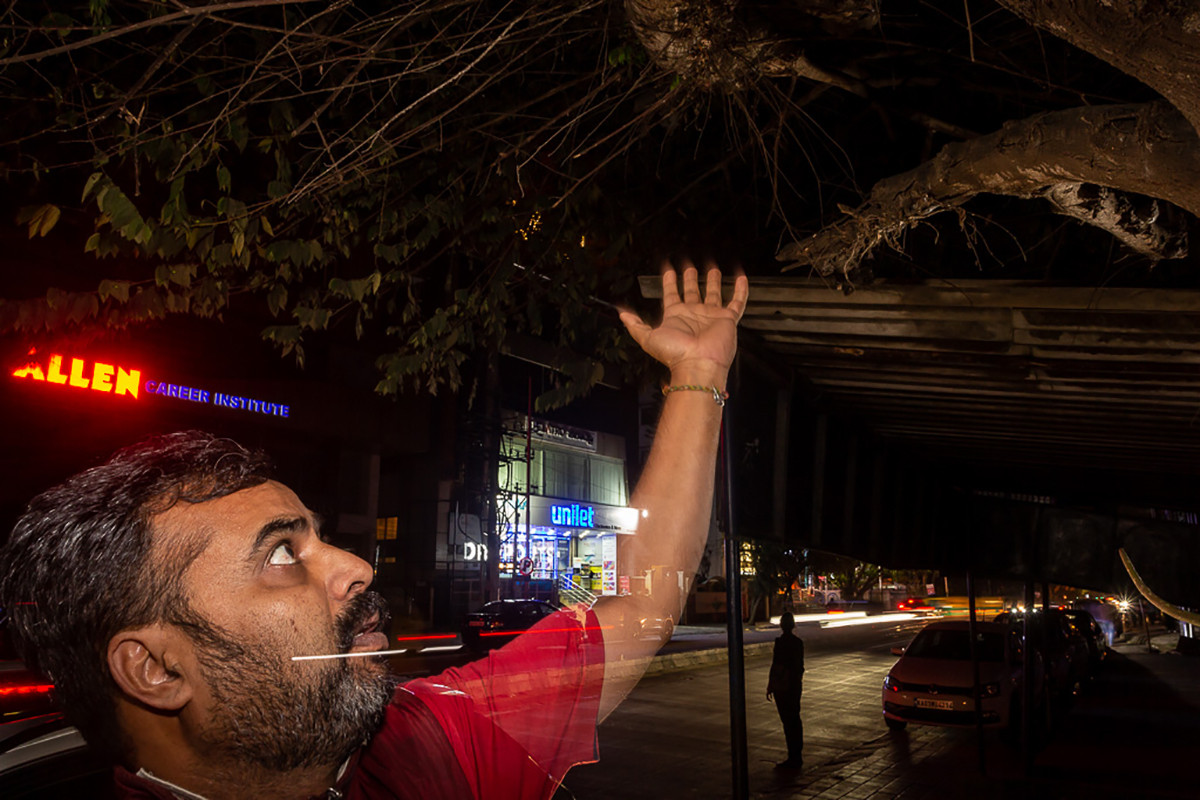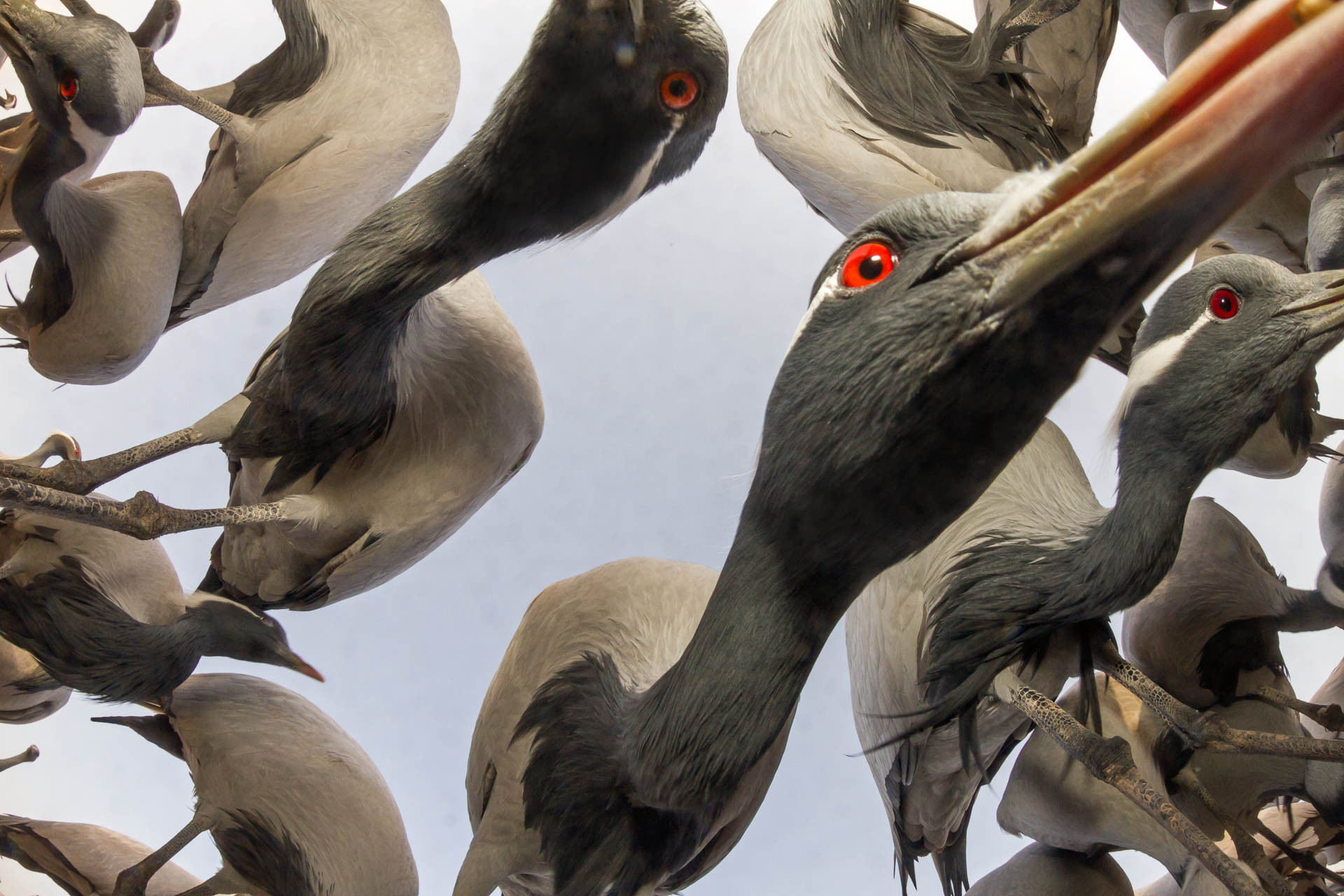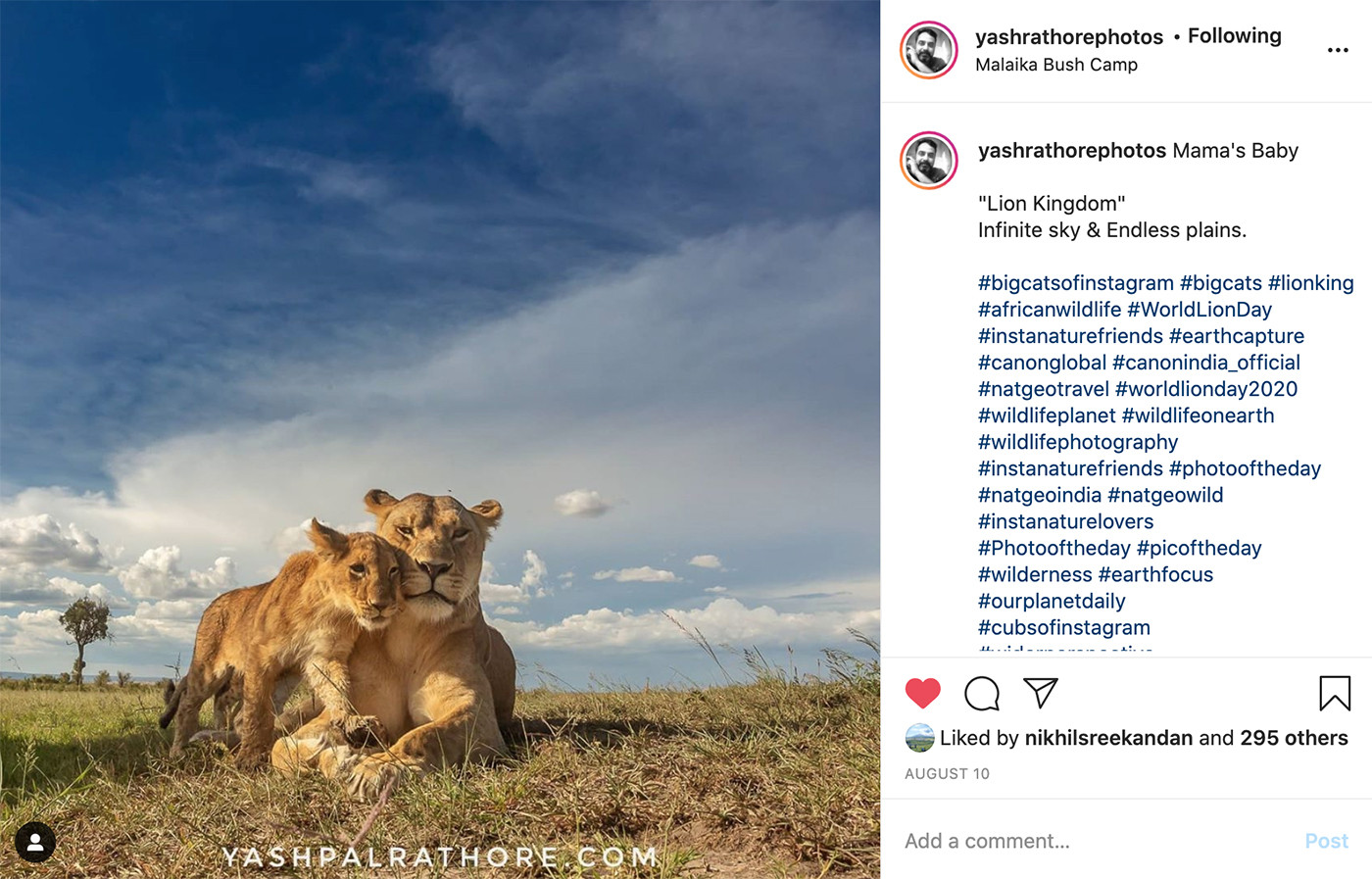Minutes after the Nature inFocus team announced the ‘Photograph Of The Year’ at a live virtual event, Yashpal Rathore’s Instagram account exploded with tags and congratulatory messages – the 2020 equivalent of a thundering applause. His image of a bat in flight against the backdrop of neon lights in Bangalore city was both topical and eye-opening. “As a nature and wildlife community, we have not devoted time to photograph and understand bats,” said Rathore while talking about his image at the event. Bats have been at the receiving end of this pandemic or as Rathore phrased it, “blamed for everything that is going wrong.” Rathore's award is a testament to his photographic skills and to the winged mammals who deserve better.
A Bangalore-based photographer, Yashpal Rathore is an electrical engineer by qualification and an avid nature photographer and enthusiast by passion. But of course, most of you reading this interview already know his work. You have seen his captivating and award-winning images at the previous Nature inFocus Festivals and other wildlife photography contests. We caught up with Rathore over email and asked him what it felt like to win the highest honour at the Nature inFocus Photography Awards, and what is on his travel bucket list at the moment.
Congratulations on winning the ‘Nature inFocus Photograph of the Year’, another addition to your ever-growing list of recognitions. Would you be willing to share your winning mantra with all of us?
As such, I don't know of any mantra. But now that you have asked me, I am looking at my winning images over the last few years, and I can see a common thread. They are all part of a long-drawn process; none of them are accidental clicks. I visualise the image that I am hoping to achieve and then I keep working on it for weeks, sometimes even months. I only stop once I have executed the desired result.
What do you want people to take away the most from your winning image?
That you don't require the perfect camera gear or have to travel to the most exotic location to create something unique. I have a quote written on the first page of my diary – " Do what you can, with what you have, where you are." I hope this idea resonates with people when they see this image.
I would also like to talk about bats here. They are present everywhere, in almost all the cities and villages. If we put in the right efforts to photograph them, they will also be seen in a positive light, like other wildlife.
Where do you seek inspiration, and what are you most inspired by right now?
I am someone who finds inspiration in most things – a quote, a unique photograph on social media, or an image in a coffee table book. Once I encounter something inspiring, my imagination starts working overtime.
Right now, I am inspired to document species which have not been well represented – mainly smaller mammals, which are nocturnal, elusive and are under more threat when compared to the larger iconic species. For example, the Brown Mongoose, a large forest mongoose seen in the hills of South India. It breeds in the burrows of trees or beneath their roots. The elusive mongoose has rarely been photographed and not much is known about them. Another example is the Brown Palm Civet that is endemic to the Western Ghats. Despite being present in good numbers, they are not well-documented as they are mainly nocturnal animals.
Your winning image also acts as a reminder for photographers to keep an eye on their immediate surroundings. Would you like to talk a little bit about that?
During the lockdown period, there was a sudden surge of news articles that talked about the increase in wildlife sightings in urban areas. But honestly, I have a different outlook on this. There was always wildlife or birdlife around us. We were so engrossed in our busy, noisy lives that we did not take the time to observe them. If we take the time to look around, there will always be a lot to document.
What advice would you like to give someone who is just getting started with wildlife photography?
Your goal shouldn't be to photograph the popular species in well-known national parks and sanctuaries. A lot of good work has already been done in documenting them. Also, it will be an expensive affair with very little creative freedom. Instead, invest your time in looking for newer species in unknown locations. You will have a lot of scope to work on interesting images, especially at the macro level. More importantly, spend more time reading about nature and photography and in understanding your equipment. A better naturalist will surely become a better nature photographer.
Now for some rapid-fire questions!
The worst photography advice you were given by a stranger:
If it was the worst advice then I am sure I won’t remember it.
The first place you will visit when travelling becomes safe again:
Anywhere in the Western Ghats!
Your favourite image from your Instagram feed:
On that note, your most memorable trip so far:
Botswana, because I had never experienced such creative freedom in photographing mega species before.
The best thing about being a wildlife photographer:
The fact that nature amazes you with new surprises every day.
